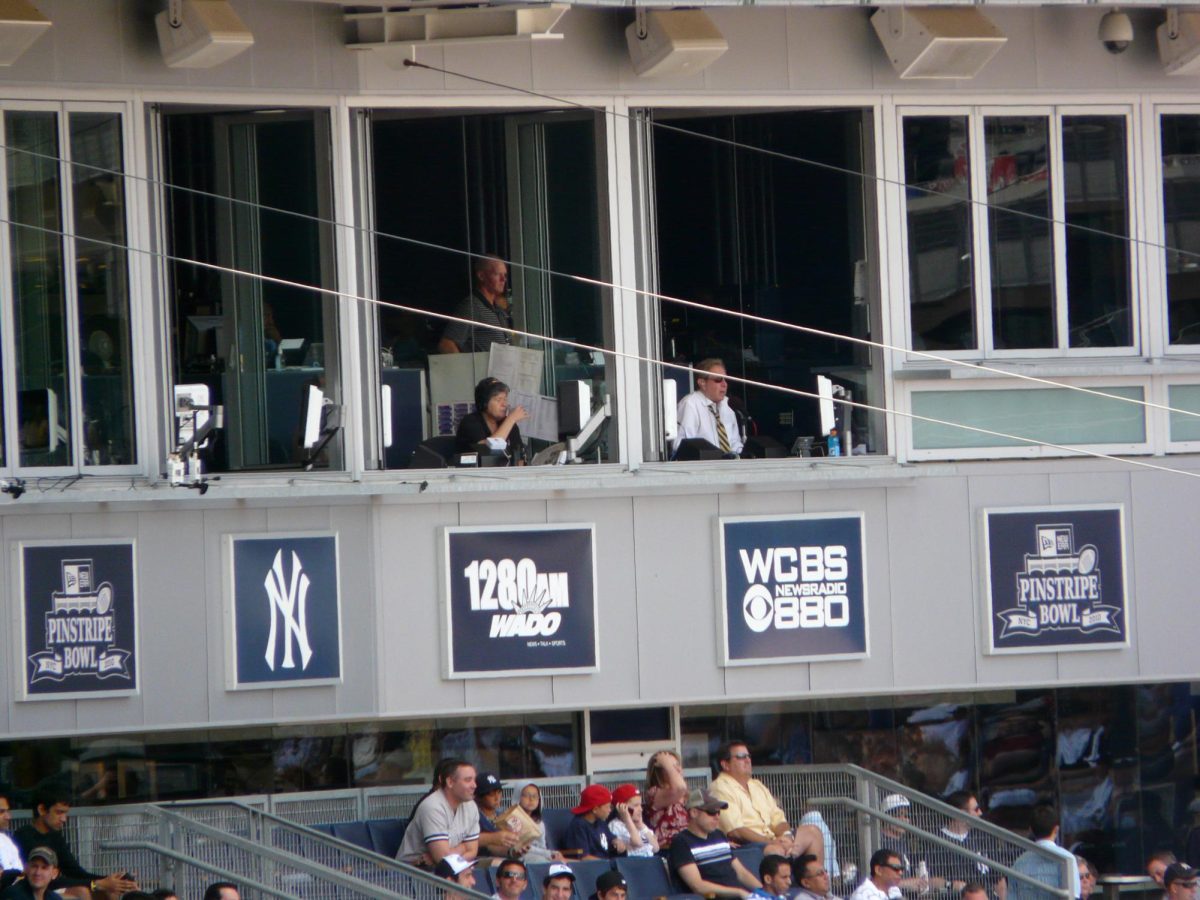When it comes to compensating its players, Major League Baseball has it right.
For the past few weeks and into the next several, many players have been and will be heading to arbitration with their respective clubs to determine salaries for the upcoming season. Although the majority of players are under contract through extensions or free agency, virtually every team deals with arbitration-eligible players every year.
Under MLB rules, franchises control the rights to players for their first six seasons before free agency. For the first three years of most players’ careers, slight raises from the MLB minimum of roughly $400,000 are standard. Years four through six, however, require substantial hikes in salary, and teams and players are often at odds about the players’ worth.
Based on previous players’ agreements with ball clubs, players and teams can often compromise relying primarily on service time (time spent on the active roster) and basic statistics such as home runs, runs batted in, batting average, etc., to create a contract for the next year. For those that do not, however, teams and players will each file figures they feel are fair and the case will go to a judge to determine the salary.
Although players such as Tim Lincecum and Hunter Pence either signed contract extensions or deals approximately at the midpoint between what the player and club each filed for, big names such as Clayton Kershaw and Mike Napoli remain ready to fight it out with their clubs.
Regardless of the results, however, the MLB’s system of compensating its athletes will remain the best of the major professional sports leagues in America.
Prior to the 2011-2012 NFL season, the pay disparity between top draft picks and veterans was incomprehensible. Before ever stepping on the field, top-five picks were agreeing to deals with tens of millions of dollars guaranteed and contracts exceeding those of players who had performed at a high level for years in the league.
This system allowed an infamous bust like JaMarcus Russell to earn $38 million over his relatively brief career. The disappointing quarterback signed a six-year, $61 million deal after he was drafted with the first-overall pick in 2007. Contrast this with Tom Brady, who earned “only” a few hundred thousand per year before cashing in later.
After last summer’s lockout, however, the rookie pay scale was drastically reduced to the point that top pick Cam Newton got a remarkably smaller four-year, $22 million deal. This system allows more money to be spent on veterans who, in theory, are more proven and therefore more deserving of big contracts.
MLB has long recognized that players need to prove their worth at the highest level before being compensated like a veteran.
Likewise, without a salary cap restricting their spending like inthe NBA and NFL, baseball teams are restricted only by what they feel they can afford rather than by a league-wide rule. In the NBA, for example, a few players are paid ridiculous amounts of money at many of their peers’ expense. Many teams dry up their usable funds on one or two stars, so several protective measures have been implemented to still compensate veterans. The mid-level exception, for example, allows teams to exceed the salary cap to sign veterans at a higher salary than the league minimum. The flaws with the NBA model are seemingly endless, however, with maximum contracts restricting the earning potential for many players. And unlike the NFL, once an NBA contract is signed, every penny is guaranteed.
The MLB, unlike to its fellow major professional leagues, is a relatively free market. Young players have to earn their keep, but once they have, they are paid at the market value of their skills. The system does not force teams to restrict their offers to players, and the addition of arbitration allows players to gain substantially — even early in their careers. Although the lack of a salary cap may limit parity, MLB’s system is the fairest out of all of the major American sports leagues in compensating its athletes.
Preston Barclay is a sophomore in the McDonough School of Business. TURNING TWO IN THE 202 appears every Tuesday.














